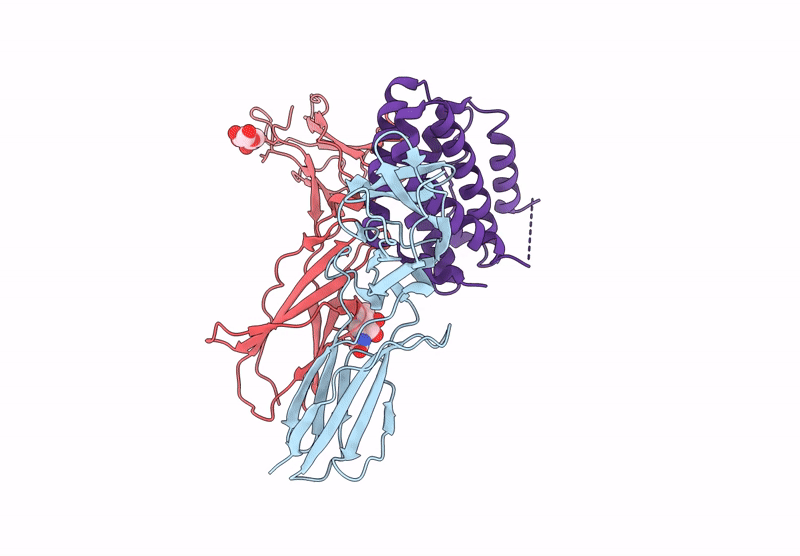
Deposition Date
2024-05-08
Release Date
2025-01-29
Last Version Date
2025-02-05
Entry Detail
PDB ID:
9BPV
Keywords:
Title:
Structure of the IFN-lambda3/IFN-lambdaR1/IL-10Rbeta receptor complex with an engineered IL-10Rbeta
Biological Source:
Source Organism:
Homo sapiens (Taxon ID: 9606)
Host Organism:
Method Details:
Experimental Method:
Resolution:
3.00 Å
Aggregation State:
2D ARRAY
Reconstruction Method:
SINGLE PARTICLE


